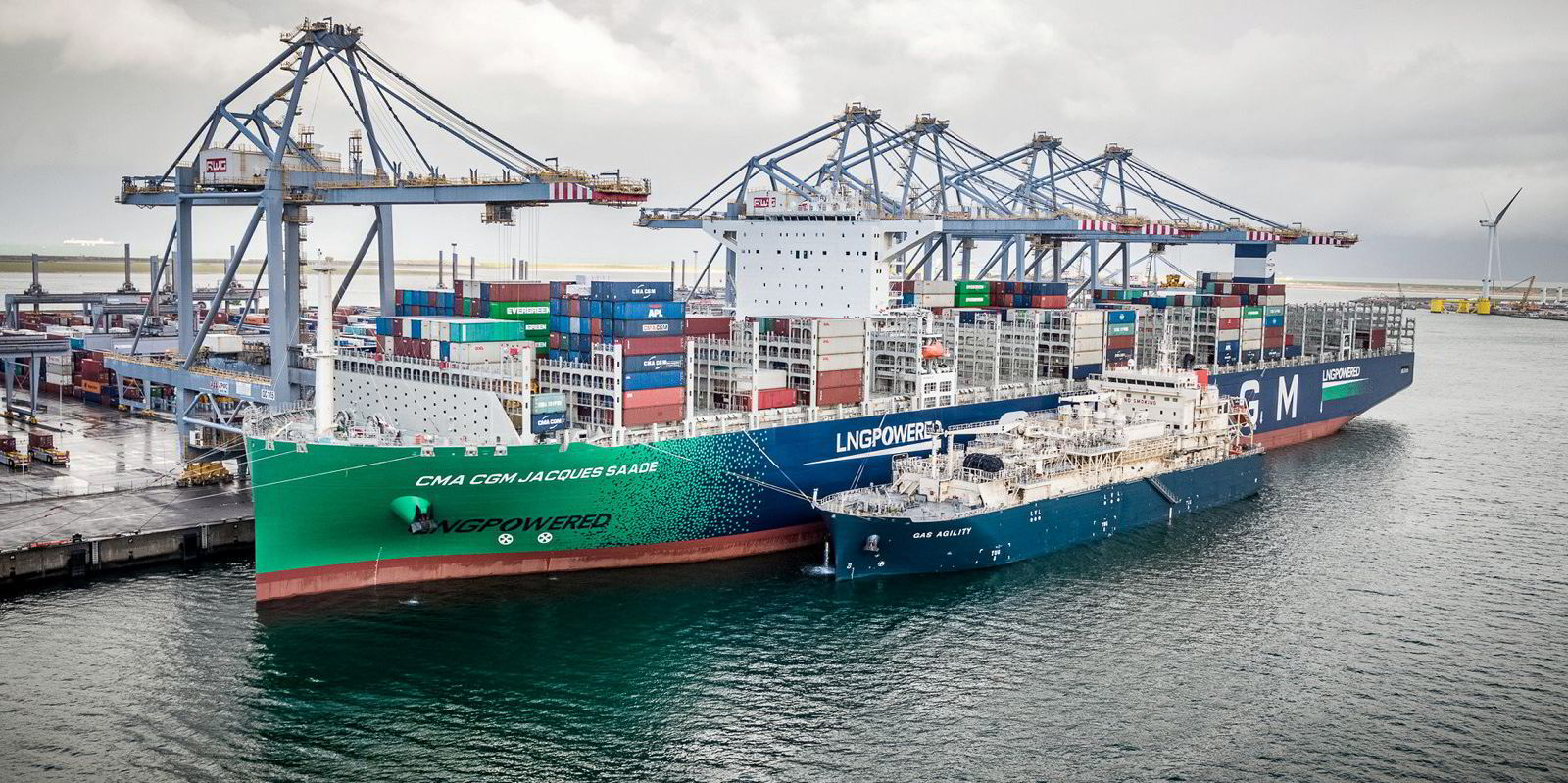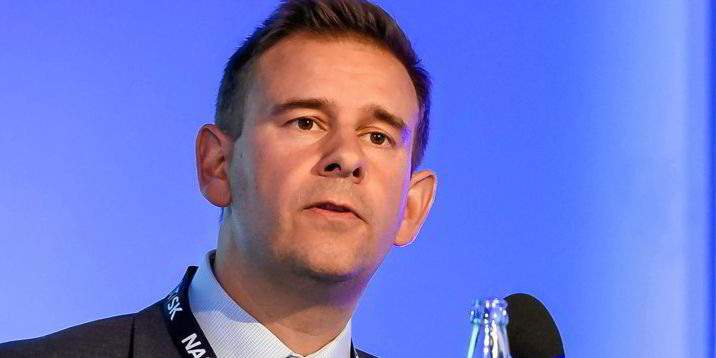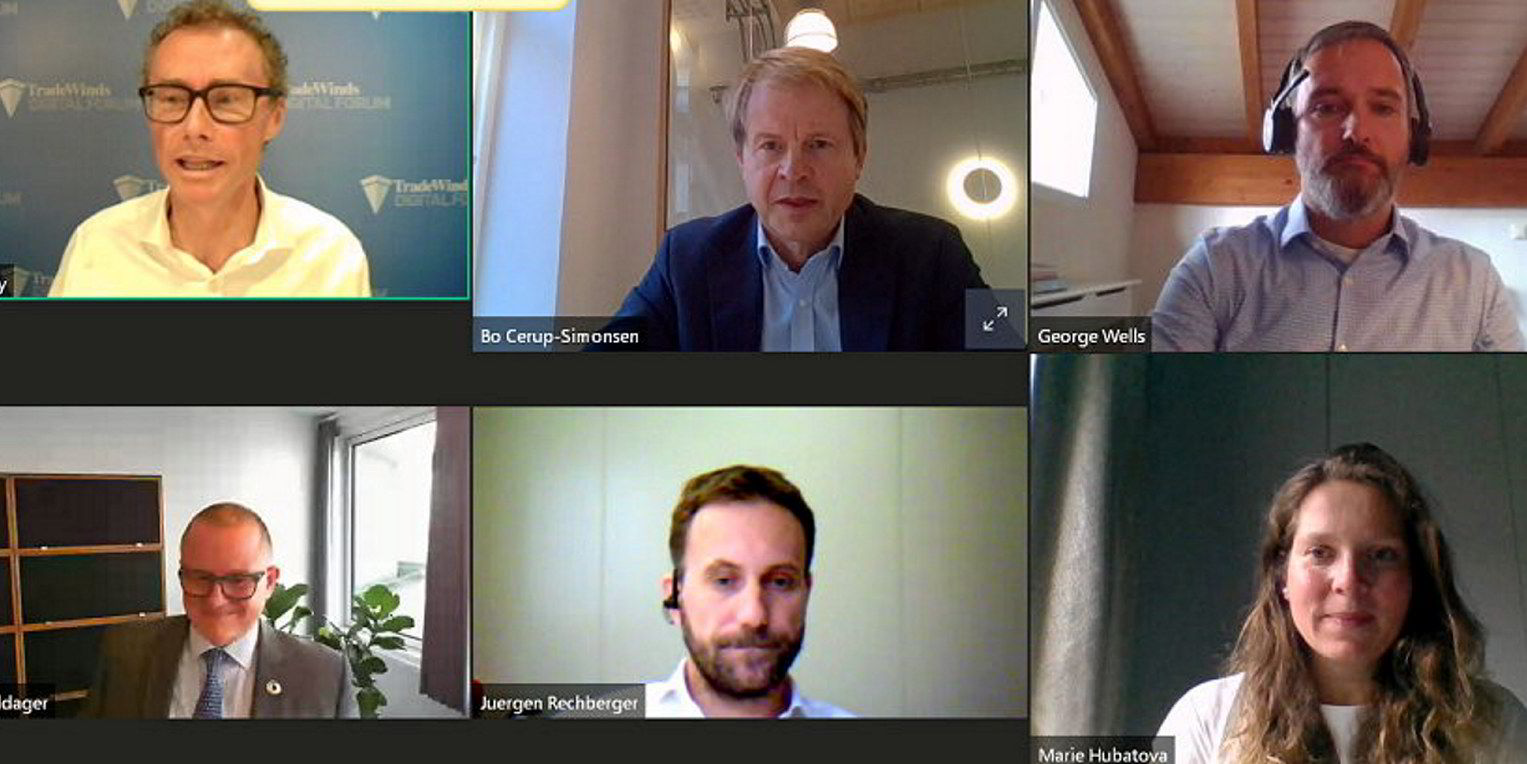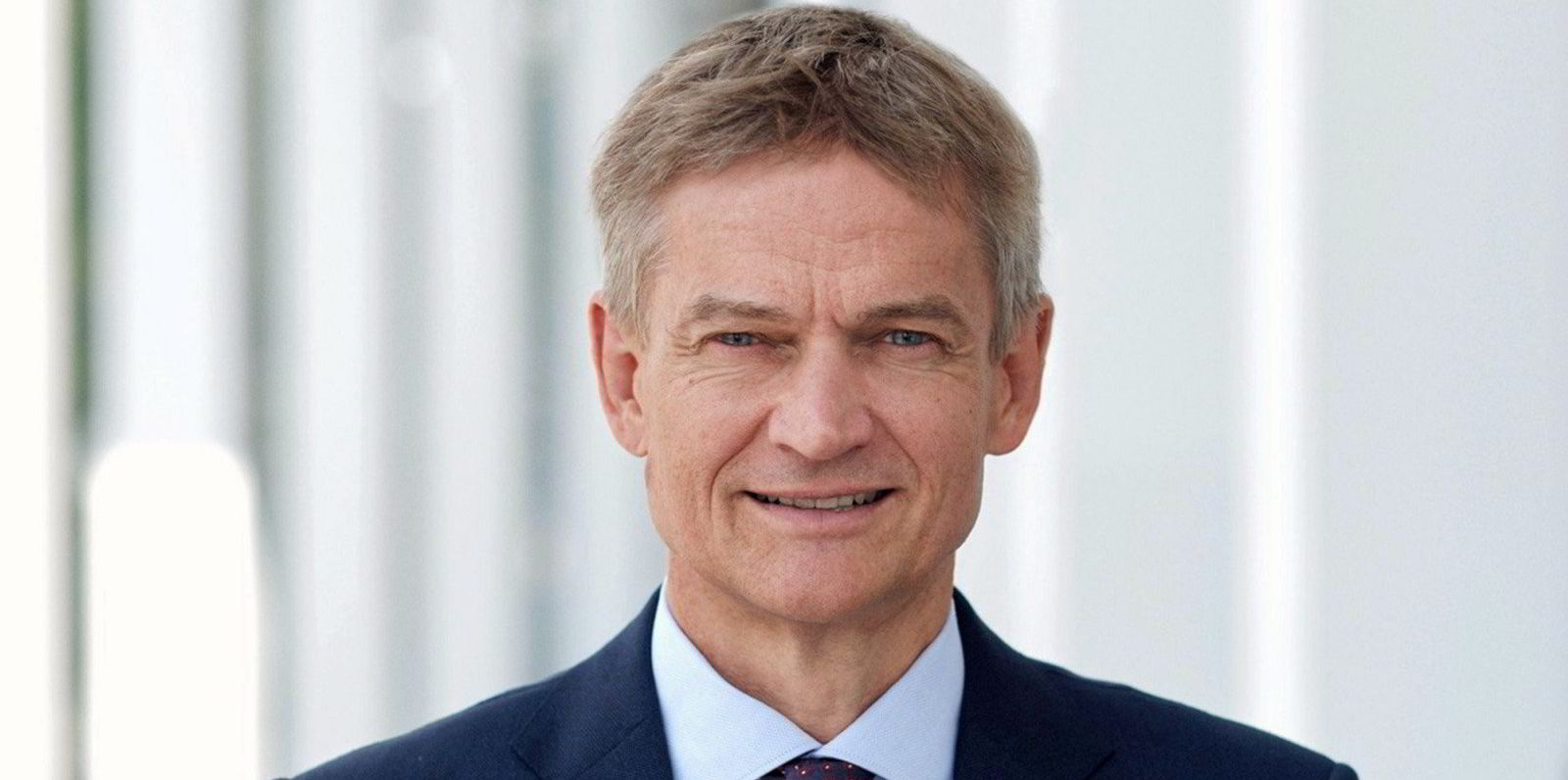Clarksons Research has calculated that more than one-quarter of all contracted newbuildings have been designed to use alternative fuels.
LNG and LPG bunkering options are gaining traction as transitional steps on the road to zero-carbon shipping, managing director Steve Gordon revealed in a new analysis.
The company, a unit of shipbroking giant Clarksons, sees the carbon emissions question as leading to $1trn of fleet and infrastructure investments.
Clarksons Research has argued that environmental pressures and policy announcements have been amplifying the trend.
These include IMO agreements, Europe's emissions trading scheme and the Sea Cargo Charter initiative.
High hurdle
"The timing, technology choice and financing of the investment required to reduce shipping’s GHG [greenhouse gas] emissions ... remains a huge hurdle for stakeholders across maritime," Gordon said.
Ships capable of using alternative fuels now make up 3.5% of the global fleet and 27% of the orderbook by tonnage.
Excluding LNG carriers themselves, 227 vessels of 15.1m gt on order will run on LNG. This is more than the 202 currently trading.
LNG fuel uptake by segment is led by tankers, with 34 operational units and 72 orders. Ferries come next (50 ships in service, 24 on order), then boxships (11 ships in service, 30 on order).
The offshore sector already has 32 LNG-capable ships in action, plus 19 on order, while there are seven dual-fuel cruiseships on the water and 28 in yards.
"LNG’s case as a legitimate stepping stone to meet emissions targets is supported by port facility investment," Gordon added.
His company has logged 124 ports with LNG bunkering facilities, up from 114 at the beginning of the year. The forecast is for this to reach 170 by 2022.
LPG gaining ground

Clarksons Research is also projecting that the LNG bunkering fleet will double in size in the next two years.
However, panellists on a TradeWinds digital forum on future fuels last week said LNG had limitations as a transitional fuel, because of its carbon footprint and unsuitability for tramp shipping due to insufficient infrastructure.
While the world's biggest container line, AP Moller-Maersk, has swerved LNG and is going straight to clean alternatives for its fleet.
Clarksons Research also said LPG is becoming more popular with the LPG carrier fleet itself.
BW LPG's 84,134-cbm VLGC BW Gemini (built 2015) is operational after retrofitting, and there are 37 newbuilding orders, plus 11 pending retrofits by BW LPG.
Owners now have 23 biofuel-powered vessels trading, with seven under construction. This figure excludes trials of vessels using biofuel blends.
Batteries powering up
Twelve ships run on methanol, with 11 newbuildings due, and seven operate using ethane. In addition, 13 ethane-capable ships are on order, Clarksons Research said.
Three hydrogen newbuildings have been contracted.
Battery hybrid systems account for 141 more ships, as well as 109 newbuildings.
"While the shipping industry is just starting an unprecedented investment and fleet renewal programme, our aim is to track progress as stakeholders grapple with tricky but important investment choices ahead," Gordon said.






